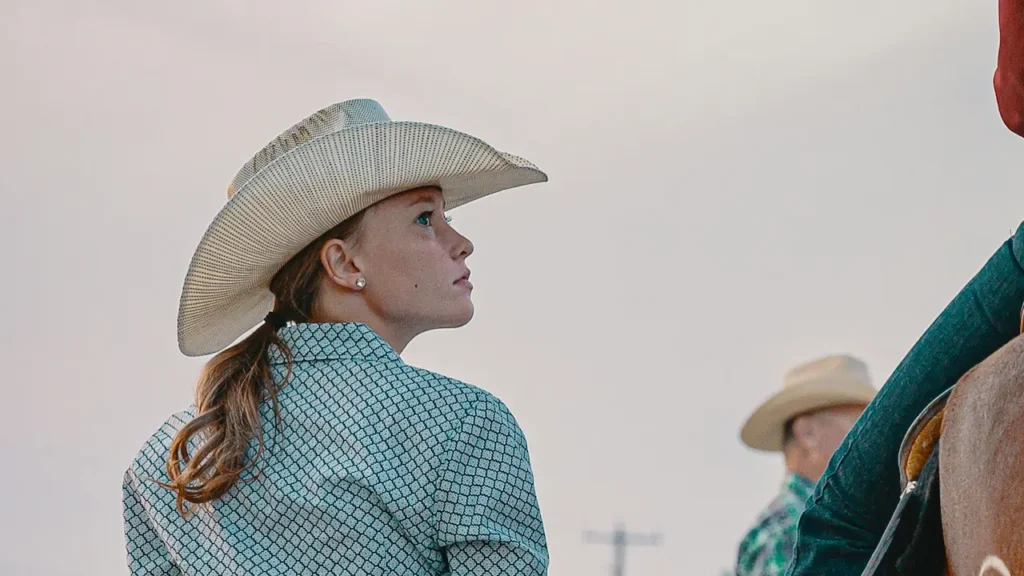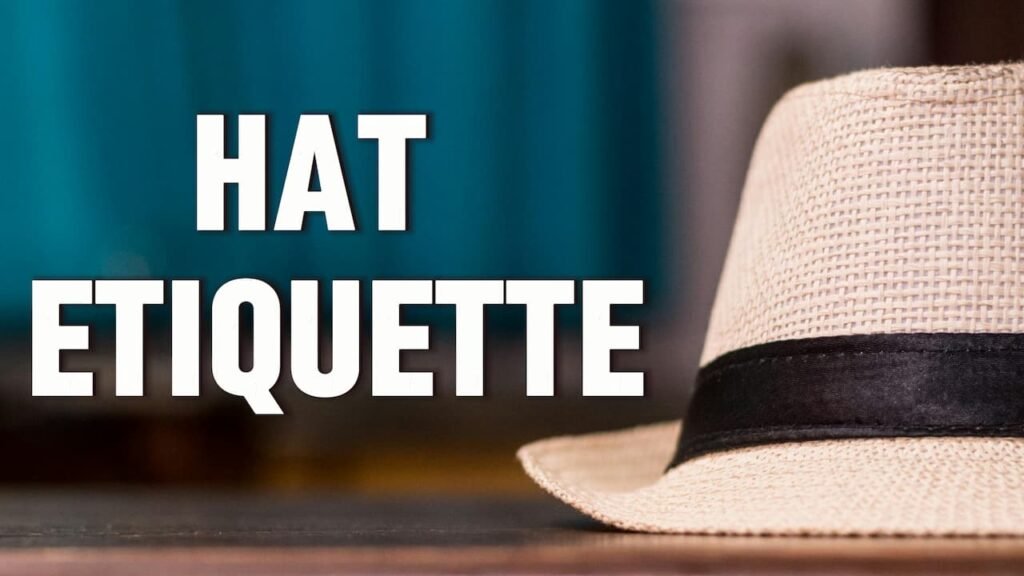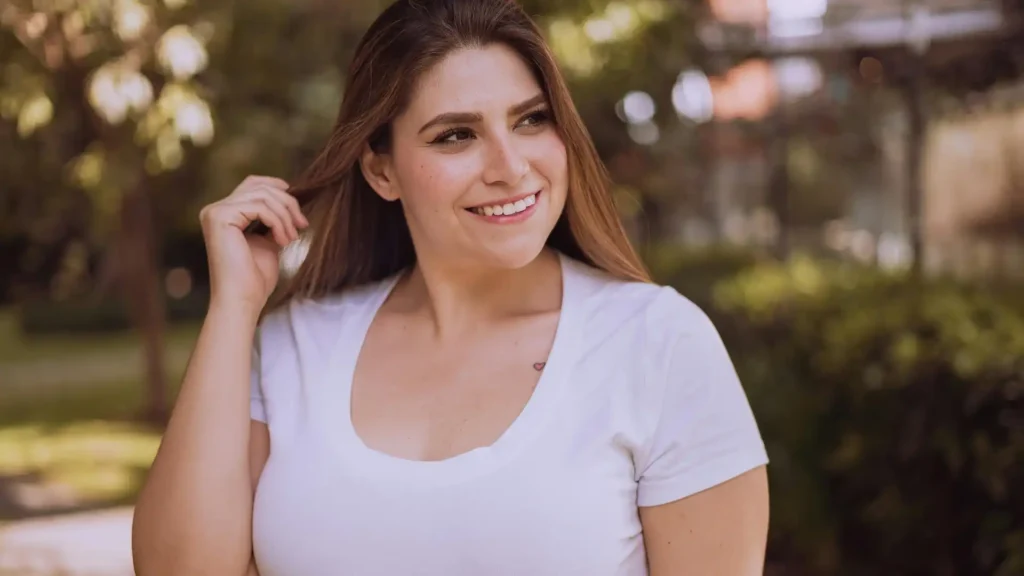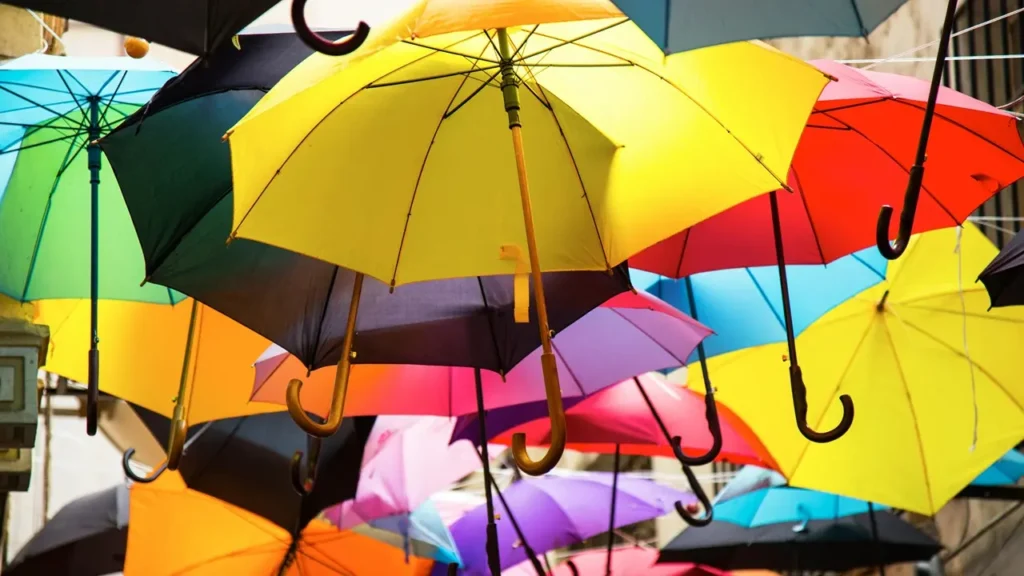Knowing when and where to wear them is just as important as choosing the right style. While fashion evolves, certain unspoken rules of hat etiquette remain rooted in tradition and cultural norms. Understanding these guidelines ensures you respect the occasion and make a positive impression. Let’s break down the dos and don’ts of wearing hats in formal versus informal settings, along with outfit suggestions that strike the perfect balance between style and appropriateness.
Hat Etiquette on Formal Settings
Formal occasions demand structured, polished styles. Wearing a hat in such environments requires an understanding of unspoken etiquette rules, as well as thoughtful consideration of how the hat complements your outfit and the event itself.
Mastering Formal Hat Etiquette
Traditionally, hats are removed indoors during formal events, particularly in places like churches, theaters, or private homes. This practice stems from historical customs rooted in politeness and respect. For example, removing your hat indoors signals attentiveness in solemn and intimate settings.
Women, however, may keep their hats on at certain formal daytime events—such as weddings, garden parties, or horse races—if the hat is part of their carefully curated ensemble. In these cases, the hat serves as an extension of their outfit rather than a mere accessory.
The size of your hat should align with the formality and setting of the event. Wide-brimmed hats and fascinators are ideal for outdoor daytime events where visibility isn’t obstructed. However, for indoor gatherings or evening affairs, opt for smaller, less obtrusive styles to avoid blocking views.
At seated events like dinners or theater performances, larger hats can disrupt other guests’ experiences. A compact fascinator or small-brimmed hat ensures you remain considerate while still making a stylish statement. Choose hats with detachable brims if you anticipate moving between indoor and outdoor spaces throughout the event.
Stick to neutral colors to harmonize with your outfit. Neutral hues like black, navy, beige, and ivory exude timeless elegance and blend seamlessly with formal attire. Avoid overly bright patterns unless the event explicitly encourages boldness.
Lighter shades like pastels and whites work beautifully for spring and summer events, while darker tones like burgundy, emerald, and charcoal suit autumn and winter gatherings. Consider matching your hat color to your shoes, bag, and accent pieces for a cohesive finish.
Navigating Formal Hat Etiquette with Finesse
To further refine your approach to formal hat etiquette, consider these additional tips:
Cultural Sensitivity: Be mindful of cultural norms surrounding hats in specific settings. For instance, religious services require head coverings (like mantillas) or prohibit them entirely. Research beforehand to avoid unintentional faux pas.
Event-Specific Guidelines: Some events have unique traditions regarding hats. For example, Kentucky Derby attendees embrace elaborate wide-brimmed hats as part of the festivities, while British royal weddings favor understated fascinators. Tailor your choice accordingly.
Hair Styling: Coordinate your hairstyle with your hat to ensure a seamless look. Sleek updos or low buns work well under structured hats, while loose waves complement softer silhouettes.
Makeup Harmony: Let your makeup enhance your hat choice. Bold lipsticks pair beautifully with neutral hats, while natural makeup lets intricate details shine.
Hat Etiquette in Informal Settings
Informal settings allow you to experiment with styles that reflect your personality. However, there are unspoken rules to follow to ensure your hat choice aligns with the context of the environment. Let’s dive deeper into these guidelines and explore how to style hats.
Navigating Informal Hat Etiquette
Overly elaborate hats can feel out of place. Instead, opt for laid-back styles like baseball caps, bucket hats, and beanies that blend seamlessly with casual outfits. These pieces strike the perfect balance between functionality and flair without appearing too formal.
Hats often carry deep cultural significance, and wearing them without understanding their meaning can be disrespectful. Native American headdresses are sacred symbols of honor and should never be worn as fashion statements. Turbans hold religious importance in Sikhism and other cultures; unless you belong to these communities, refrain from appropriating them as trendy accessories.
If you’re inspired by a particular culture’s headwear, educate yourself on its history and symbolism before incorporating similar elements into your wardrobe. When in doubt, choose universally accepted styles like fedoras and wide-brimmed hats instead.
Timing matters when it comes to wearing hats. Certain moments call for removing your hat as a gesture of respect. During meals, at restaurants or family gatherings, taking off your hat signals attentiveness and good manners.
In conversations, particularly one-on-one interactions, removing your hat demonstrates engagement and openness. At solemn events like funerals or memorials, hats should generally be removed unless they hold cultural significance (e.g., yarmulkes or mourning veils).
Always observe the behavior of those around you—if everyone else removes their hats during a specific moment, follow suit to show respect.

Making the Most of Informal Hats
Adjust your hat choices based on the season to ensure comfort and relevance. Straw bucket hats and breathable baseball caps are ideal for summer, while wool beanies and quilted bucket hats shine in winter. Transition pieces like felt fedoras and corduroy bucket hats work well during fall and spring.
Your hairstyle plays a crucial role in how your hat sits and looks. Sleek ponytails and braids work well under snug beanies, while loose waves complement the relaxed silhouette of bucket hats.
No matter which hat you choose, wear it with confidence. A hat not only protects you from the elements but also serves as a statement piece that reflects your mood and personality. Own your look, and others will take notice.
Hat Etiquette in Workplace
Most professional environments discourage visible headwear. Certain industries allow subtle hats that align with workplace norms. If your office permits hats, it’s essential to choose understated options that project competence, respect, and attention to detail. Let’s explore the unspoken rules of workplace hat etiquette and how to incorporate hats into your workwear seamlessly.
Navigating Workplace Hat Etiquette
In professional settings, less is more. Opt for small-brimmed styles like fedoras, trilbies, and berets in neutral tones. These understated options blend seamlessly with business attire without drawing unnecessary attention.
Avoid anything too flashy, branded, or embellished—such items can come across as unprofessional. Stick to clean lines and classic designs that exude sophistication.
The level of flexibility regarding hats varies widely depending on the industry. Industries like fashion, design, and advertising embrace individuality and self-expression. Here, you may have more leeway to experiment with unique hat styles.
A trilby is an excellent choice for adding a touch of refinement to your workwear. Its slightly smaller brim and structured crown make it suitable for professional settings without overwhelming your look.
Traditional corporate settings typically discourage visible headwear unless it’s part of a religious practice. In these environments, hats should be reserved for commuting or outdoor activities and removed upon entering the workspace.
If you’re commuting in cold weather, consider switching to a sleek beanie once inside the office. Store your hat discreetly in your bag or locker to maintain a polished appearance.
Mastering Workplace Hat Etiquette
To further refine your approach to wearing hats in professional settings, consider these additional tips.
Pay attention to your colleagues’ reactions and feedback. If your hats draw unwanted attention, it’s better to leave them at home.
Conversely, if your workplace embraces creativity, use this opportunity to showcase your personal style subtly.
Adjust your hat choices based on the season to ensure both comfort and appropriateness.
Hat Etiquette in Special Occasions
Certain events are steeped in tradition, and hats play a pivotal role in honoring these customs. From weddings to religious services and seasonal celebrations, understanding the ceremonial significance of hats ensures you pay proper respect to the occasion while looking your best. By blending tradition with personal style, you can create outfits that are both appropriate and memorable.
Examples of Special Occasion Hats
Weddings often come with their own set of sartorial rules, especially when it comes to headwear. Women frequently wear chic hats or fascinators to daytime weddings. Men might opt for classic fedoras or trilbies to complement their suits.
Avoid upstaging the bridal party by keeping your hat understated. Your goal is to enhance the celebratory atmosphere without drawing undue attention.
Hats hold deep spiritual significance in many faiths. Wearing hats respectfully in religious occasions is crucial. Examples include:
Kippahs: Worn by Jewish men during prayer or religious services as a sign of reverence.
Hijabs: Integral to Islamic modesty practices, hijabs should be worn in accordance with cultural norms if attending in Islamic ceremonies.
Mantillas: Often seen at Catholic churches, mantillas (lace veils) are traditionally worn by women during Mass or special sacraments.
If attending a religious service outside your faith, observe quietly and follow guidance from hosts or leaders. When in doubt, ask politely about expectations regarding head coverings.
Navigating Special Occasion Hats with Grace
To further refine your approach to wearing hats for special occasions, consider these additional tips:
Event-Specific Guidelines: Consult hosts for any specific dress codes related to headwear.
Color Coordination: Match your hat color to your outfit to enhance the overall look. Neutral tones work well for formal events, while bright hues suit celebratory occasions.
Practicality Matters: Ensure your hat is functional for the event. For seated gatherings like dinners or theater performances, opt for smaller styles to avoid obstructing views. Secure wide-brimmed hats with discreet pins or elastic bands to prevent shifting in windy conditions.
Respectful Representation: If incorporating traditional headwear from cultures outside your own, do so with sensitivity and awareness. Educate yourself on its history and symbolism.
Breaking the Rules (With Care)
While hat etiquette provides valuable guidance, fashion is ultimately about self-expression. There are times when breaking the rules can lead to stunning results—if done thoughtfully.
Try pairing a bucket hat with a tailored suit for a modern twist on streetwear-inspired formalwear. At avant-garde events, don’t shy away from bold shapes. Incorporate elements that reflect your personality, such as embroidery, patches, and unique embellishments.
Gauge the atmosphere of the event before taking risks. If everyone else is dressed conservatively, it might not be the best time to experiment.
Understanding hat etiquette empowers you to navigate various settings with confidence and grace. The right hat can enhance your outfit while respecting cultural norms and occasion appropriateness. By blending tradition with personal style, you’ll not only look great but also communicate thoughtfulness and consideration through your choices.




